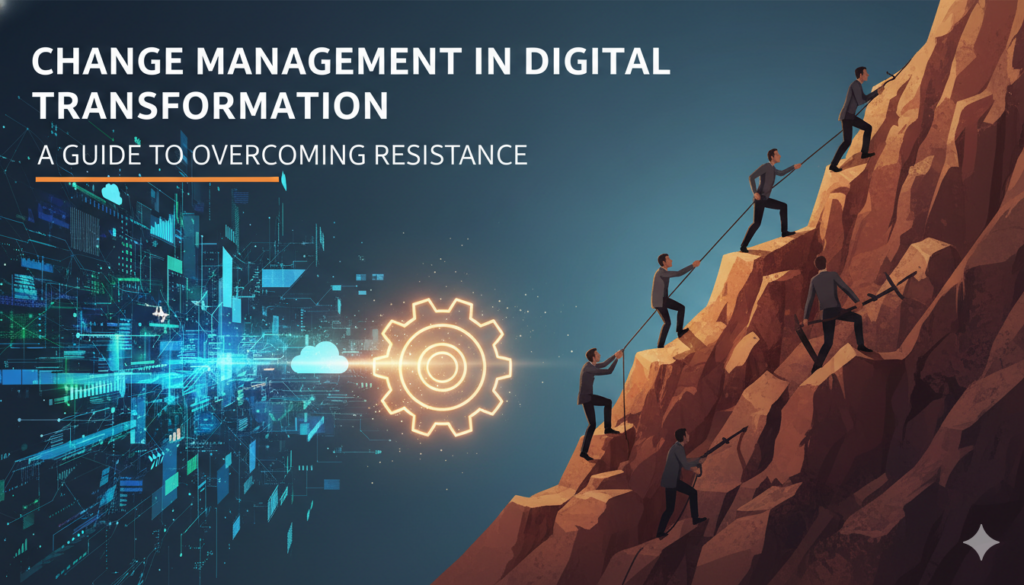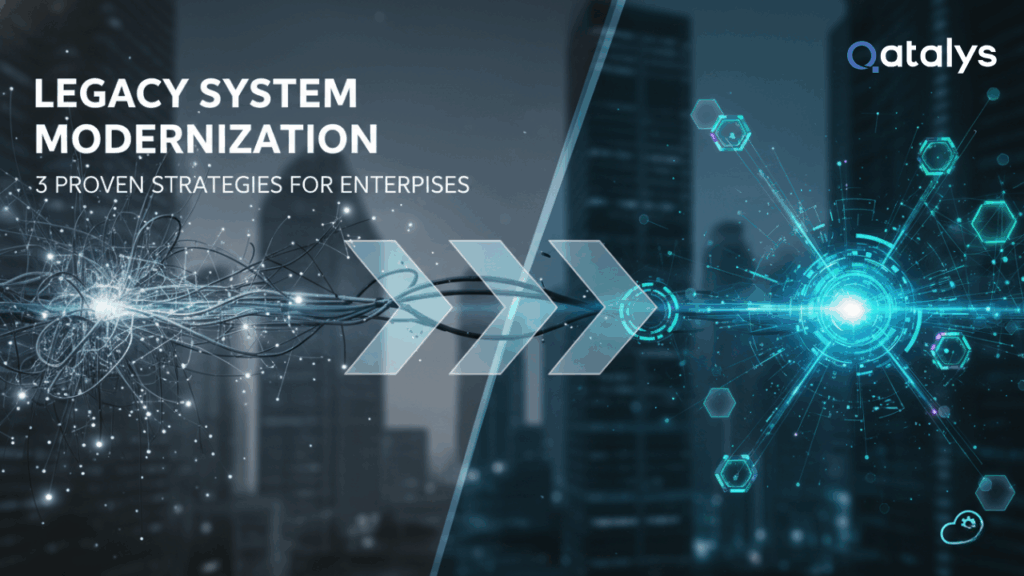It’s never been more critical for B2B SaaS executives to pick the right path to scalable growth. Should you lean on a stellar product to do the heavy lifting, or build a powerhouse sales team to close opportunities? This guide unpacks the strategic fundamentals, practical models, and real-world playbooks to help you shape your go-to-market (GTM) strategy for today’s dynamic landscape.
We’ll break down:
- The core differences between product-led growth (PLG) and sales-led growth (SLG)
- Side-by-side comparisons across key GTM areas
- When each approach shines, including hybrid models
- Powerful case studies from Slack and Salesforce
- Actionable insights for B2B SaaS leaders designing their next growth move
Ready to clarify which model (or mix) will fuel your company’s next stage of success?
Defining the Two Models: PLG and SLG
Product-led growth (PLG)
PLG puts the product at the center of acquisition, expansion, and retention. Teams focus on delivering instant value through self-service onboarding, free trials or freemium models, and seamless user experiences. This is the lever that propelled companies like Slack, Calendly, and Dropbox to viral success. Power users, word-of-mouth, and rapid iteration drive market adoption. Cross-functional teams. Product, marketing, engineering, and customer success. Work together to continually improve user experience and product-market fit.
Sales-led growth (SLG)
SLG relies on dedicated sales professionals to identify, engage, and close deals with qualified customers. Relationship-building, consultative selling, and tailored solutions drive higher average deal sizes. Think Salesforce, Workday, or ServiceNow. The approach is about crafting bespoke value for each account, aligning stakeholders, and supporting complex solution rollouts. Marketing and sales tightly align to nurture leads and navigate lengthy sales cycles.
Both routes can drive exceptional results, but their mechanics, metrics, and resource needs look distinctly different.
PLG vs. SLG: A Head-to-Head Comparison
Let’s run through the core differences side-by-side to give a clear snapshot of what each model actually looks like in practice.
| Category | Product-Led Growth (PLG) | Sales-Led Growth (SLG) |
| Customer Acquisition | Self-serve signups, viral loops, inbound | Direct sales outreach, high-touch demos |
| Ideal Customer Profile (ICP) | Tech-savvy users, SMBs, or departments | Mid-to-large enterprises, management teams |
| Sales Structure | Minimal/automated, Product/CS focus | Dedicated sales reps, layered org |
| Onboarding | Low friction, quick time-to-value | Detailed, often customized support |
| Pricing | Transparent, usage-based/freemium | Negotiated, high-ACV contracts |
| Success Metrics | Product adoption, NPS, churn, expansion | CAC, ACV, sales velocity, win rate |
| Speed to Scale | Fast virality and upgrades | Scales with team headcount |
Each model has a very different infrastructure and culture underpinning its growth motion. Where PLG relies on scale and speed, SLG puts depth and relationship front and center.
When PLG Shines: Frictionless Value and Viral Adoption
Product-led growth isn’t a trend. For the right SaaS businesses, it’s the ultimate shortcut to mass adoption.
A few key hallmarks:
- Self-service onboarding: When users can sign up, explore, and uncover value in minutes.
- Freemium or free trial models: Offer real product utility upfront. Users only pay when they’re hooked.
- Low-touch onboarding: Automation, onboarding tours, and in-app guidance replace lengthy calls or demos.
- Tech-savvy, value-driven users: Your buyers want to try before they buy and appreciate an intuitive interface.
- Rapid, iterative shipping: Constant product updates based on direct user feedback fuel improvement and loyalty.
This model reduces acquisition costs and unlocks organic growth through customer advocacy and network effects. Calendly and Notion are prime examples. Both started with a self-serve approach, doubled down on onboarding UX, and reaped extraordinary word-of-mouth expansion.
The Best Fit for Sales-Led Growth: Bigger Deals and Tailored Solutions
Some SaaS products simply require a conversation. A real, human-driven touch. Here’s where sales-led growth earns its keep:
- High contract values (ACVs): When closing a customer means navigating procurement committees and multiple decision-makers, a skilled sales force becomes the growth engine.
- Complex implementation: Enterprise-grade platforms often call for deep integrations, consulting, and custom onboarding. Buyers need reassurance that your solution will actually deliver.
- Longer sales cycles: Strategic purchases take time. The back-and-forth between buyer and seller is critical for trust and alignment.
- Differentiated, value-added service: SLG companies lean hard into white-glove support, customer success, and education throughout the journey.
Salesforce, Workday, and ServiceNow all leveraged a sales-driven machine to win in their space. Relationship building, networking, and competitive positioning set them apart for buyers who want more than just a slick interface.
The Hybrid Advantage: Where PLG and SLG Meet
Most successful SaaS companies no longer choose just one route. A hybrid strategy leverages the best of both worlds. PLG powers scale at the bottom of the funnel, while SLG unlocks larger deals upstream.
Here’s how the hybrid motion plays out:
- Users can onboard themselves quickly, discover value, and share the product across their team.
- As usage and engagement grow, sales teams engage the most promising accounts, layering in white-glove outreach and tailored solutions.
- Data from product usage surface leads with clear intent, so sales teams spend time where conversion is highest.
Slack and Zoom both started product-led, then layered in a high-touch sales team as they targeted enterprise deals. This approach gives you high volume at the top, and deep value at the bottom, driving both NRR (net revenue retention) and customer LTV.
Tactical Case Study: Slack’s Product-Led Playbook
Slack’s meteoric growth isn’t an accident. It’s product-led strategy in action. At launch, Slack prioritized an intuitive interface, lightning-fast onboarding, and a freemium model that eliminated barriers. Users could sign up, invite colleagues, and form teams in minutes. The product delivered quick wins, building habits before paid plans were even mentioned.
Instead of lengthy contracts, Slack leaned on in-app prompts, crisp notifications, and ongoing product improvements. Feedback loops accelerated, word-of-mouth spiked, and entire organizations adopted Slack bottom-up. Notably, upgrade rates from free to paid well outpaced industry averages. Teams paid because they experienced real value.
When enterprise interest surged, Slack didn’t replace its PLG engine. Instead, it layered in enterprise sales, targeting high-volume usage with dedicated teams. By marrying viral adoption with strategic sales, Slack set the blueprint for modern SaaS growth.
Tactical Case Study: Salesforce’s Sales-Led Masterclass
Salesforce is the perennial example of sales-led growth done right. From the start, Salesforce’s growth engine centered around a world-class sales team, consultative engagement, and high-touch account management. Their sellers are deeply trained to uncover enterprise pain points, orchestrate complex demos, and build consensus among stakeholders.
Rather than relying on product-only adoption, Salesforce invested in strategic partnerships, industry-specific solutions, and bespoke onboarding. Enterprise buyers received ongoing support and enablement far beyond a login screen. This approach drove large contracts, deep integrations, and multi-year relationships. Over time, Salesforce also built out lighter touch channels, but the heart of their success remains in the consultative, relationship-driven engine that built trust with every deal.
Choosing Your Path: Where to Start and How Qatalys Helps
For B2B SaaS leaders, the real leverage is understanding your customer profile, product maturity, and market opportunity. Ask yourself:
- Are your users eager to self-serve, or do they want human touchpoints?
- Can your product deliver visible value in minutes, or does it need expert guidance to shine?
- Where do your best deals originate-from the product experience itself, or from strategic relationships?
Successful growth framework implementation is increasingly about hybrid models, especially for scaling companies. Bringing automation, analytics, and cross-functional insight together makes growth more data-driven and customer-centric at every stage.
That’s exactly what Qatalys helps ambitious SaaS teams achieve: building AI-powered digital experiences, scalable onboarding journeys, and high-performing GTM engines. Whether you’re early-stage and need immediate traction, or you’re ready to break into enterprise, we design and deliver the right blend for maximum impact. Talk to us!
Frequently Asked Questions
What are the main benefits of product-led growth for SaaS?
Product-led growth empowers fast, organic scaling. By letting users explore value independently, you reduce customer acquisition costs, speed up onboarding, and foster strong advocacy. It’s ideal for flexible products that can demonstrate utility within minutes of signup.
When should a SaaS company prioritize a sales-led GTM strategy?
Sales-led GTM shines when deals are large, implementations are complex, and buyers need in-depth guidance or confidence. Enterprise contracts, tailored integration needs, and industries with long sales cycles demand the consultative touch of a skilled sales force.
Can a SaaS business effectively combine PLG and SLG?
Absolutely. A hybrid motion is now common. Many companies onboard and activate users through a product-led experience, then layer in sales and account management for conversion and expansion of high-potential accounts.
Which metrics should leaders track for each model?
PLG teams focus on product usage, activation, NPS, churn, and customer expansion. SLG teams attend to sales velocity, ACV, pipeline, win rates, and retention among target accounts.
How does Qatalys support SaaS growth strategies?
Qatalys brings together digital transformation expertise, scalable onboarding best practices, and AI-powered analytics. Whether your growth is product-led, sales-led, or hybrid, Qatalys’ team helps craft and implement high-ROI GTM engines tailored to your goals.








